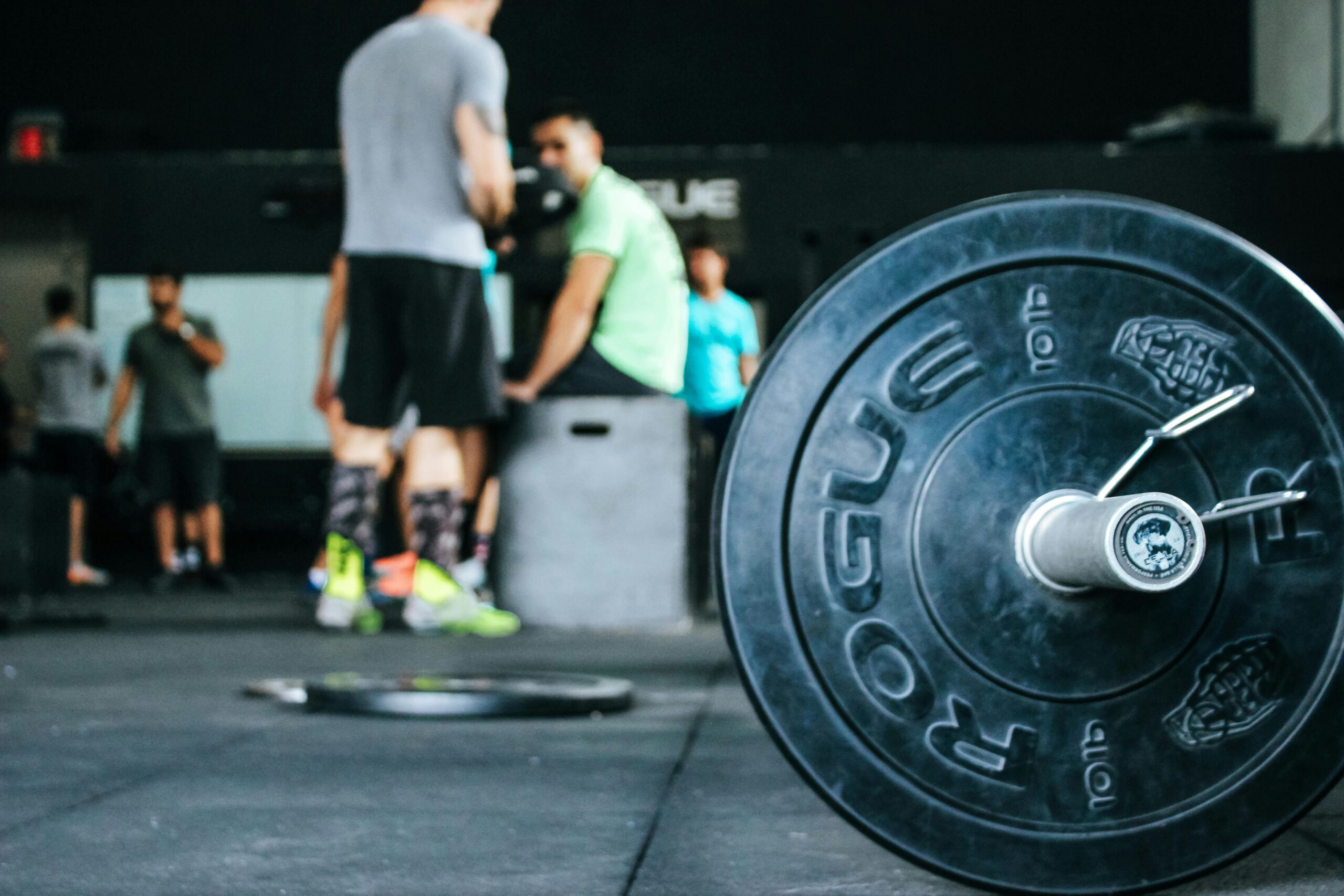For many, the journey to muscle growth is more than just an aesthetic pursuit; it is a transformative process of discipline, endurance, and self-improvement. Whether you are an aspiring bodybuilder, an athlete, or someone simply looking to feel stronger, building muscle effectively requires more than just lifting weights. It is a delicate balance of science, nutrition, and consistency.
The Science Behind Muscle Growth
Muscle growth, or hypertrophy, occurs when muscle fibers experience stress or damage during resistance training. In response, the body repairs and reinforces these fibers, making them stronger and larger. This process, however, depends on various factors, including exercise type, intensity, recovery, and diet.
Dr. Mark Reynolds, a sports scientist, emphasizes, “Muscle growth isn’t just about lifting heavy. It’s about progressive overload—consistently increasing the stress placed on muscles to stimulate adaptation.”
The Role of Nutrition
“You can’t out-train a bad diet,” says Lisa Carter, a registered dietitian specializing in sports nutrition. Protein plays a fundamental role in muscle repair and growth, with experts recommending approximately 1.2 to 2.0 grams of protein per kilogram of body weight per day. Lean meats, eggs, dairy, legumes, and protein supplements are excellent sources.
Carbohydrates also play a crucial role, as they replenish glycogen stores and provide energy for workouts. “Think of carbohydrates as the fuel that powers your training sessions,” Lisa adds. Healthy fats, vitamins, and adequate hydration further support muscle recovery and overall health.
Training Strategies for Maximum Gains
Successful muscle building requires a well-structured workout plan. Compound movements—such as squats, deadlifts, bench presses, and pull-ups—engage multiple muscle groups, maximizing efficiency. Complementing these with isolation exercises helps target specific muscles.
Personal trainer Jake Simmons advises, “Train with intensity and focus. Aim for progressive overload by increasing resistance, reps, or training volume while maintaining proper form.” He also highlights the importance of recovery: “Muscles grow outside the gym. Rest days, quality sleep, and techniques like stretching and foam rolling enhance recovery and prevent injury.”
Mindset and Consistency: The True Keys to Success
Muscle growth doesn’t happen overnight. It demands patience and unwavering commitment. Many beginners get discouraged when they don’t see immediate results, but consistency is key.
Take the story of Alex Martinez, a 32-year-old office worker who transformed his physique over two years. “At first, I doubted myself,” he recalls. “But once I focused on small, consistent improvements—tracking my progress, fine-tuning my diet, and sticking to a routine—it became a lifestyle, not just a goal.”
Building muscle goes beyond aesthetics; it improves metabolism, enhances mental resilience, and boosts overall well-being. Whether lifting for strength, performance, or confidence, the principles remain the same—train smart, eat well, recover properly, and stay committed.
As Dr. Reynolds puts it, “The strongest muscles aren’t just built in the gym; they are built through perseverance and a commitment to lifelong health.”
So, whether you’re picking up your first dumbbell or refining your strength routine, remember: every rep, meal, and rest day is a step toward a stronger, healthier you.




